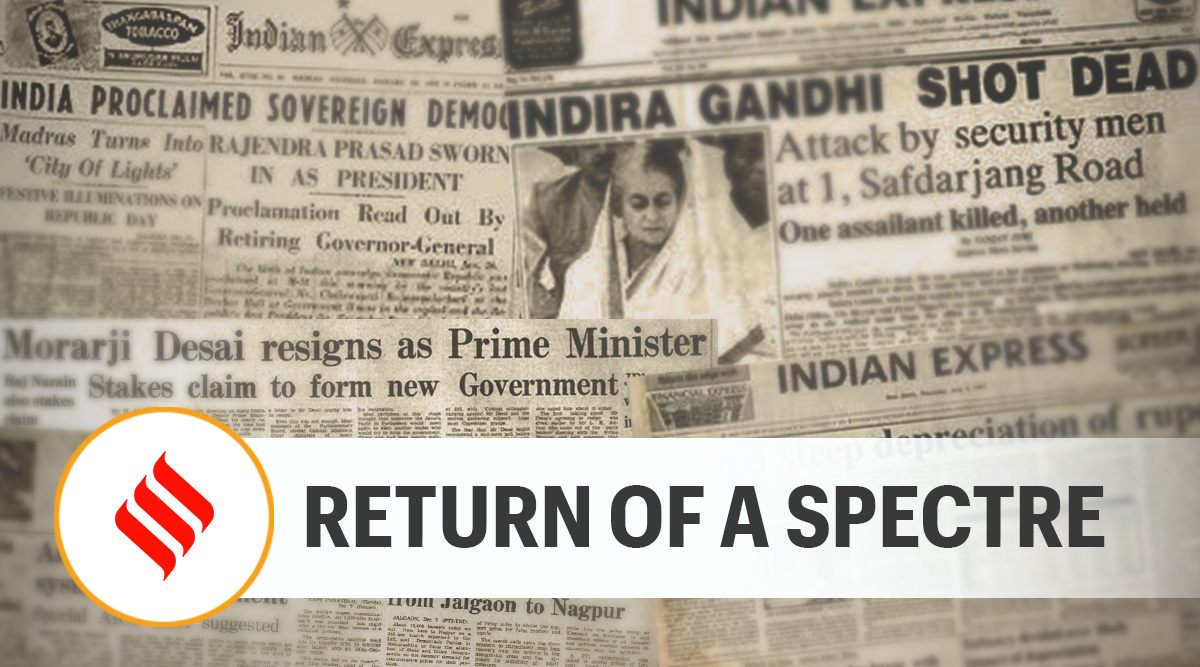 An offer by Ghani to share power with the Taliban may not make any difference to the insurgents who clearly believe they are on the cusp of winning it all.
An offer by Ghani to share power with the Taliban may not make any difference to the insurgents who clearly believe they are on the cusp of winning it all. The wheel has turned almost full circle in Afghanistan. The Taliban first stormed to power in 1996, with an open demonstration of medieval cruelty and a barbaric transition to the Islamic Emirate of Afghanistan. Twenty-five years later, and two decades after they were ousted from their seat in Kabul by the US and other NATO forces, their steady march through the country as they capture one strategic city after another indicates that their return to Kabul may not be far away. According to the latest reports, the militants control two-thirds of the Afghan land mass, including in the non-Pashtun north where their advance was stalled in the 1990s by the Northern Alliance. There is no Northern Alliance this time. The Afghan National Defence and Security Forces — including a 1,80,000 strong Afghan National Army, and a police force with 1,50,000 personnel, besides an air force and other security wings — trained by the US military, have proved unequal to the task of holding on to territory and containing the Taliban.
As the August 31 deadline for full American withdrawal approaches, the irony is that the US will send 3,000 troops back to evacuate the personnel at its Kabul embassy, while the US special envoy to Afghanistan, Zalmay Khalilzad, author of the Doha agreement, pleads with the Taliban for the safety of Americans in Afghanistan. The Doha Agreement, from which the US excluded the Afghan government in order to keep the Taliban happy, is now in tatters. A UN report has already pointed to the continuing contacts between Taliban and al Qaeda, and Indian intelligence reports point to a confluence of Pakistan-based jihadi tanzeem inimical to India in Afghanistan. There is no certainty as to how long the government of President Ashraf Ghani will hold in the face of the relentless advance. Finance Minister Khalid Payenda has already quit, underlining the isolation of the government. The United Nations High Commission for Refugees has estimated that nearly 4,00,000 Afghan civilians have been forced to flee their homes in the fighting this year, most of them internally displaced. There have been reprisal killings already and reports say 90 Afghan media outlets have shut down.
An offer by Ghani to share power with the Taliban may not make any difference to the insurgents who clearly believe they are on the cusp of winning it all. The Taliban appear to enjoy the support of the Pashtuns, the majority community in Afghanistan, and several international powers, including Russia and China. A question that has to be asked is if the Taliban’s rapid military advance through Afghanistan would have been possible without help from Pakistan, its chief patron. It was Pakistan that delivered the Taliban to the table when President Donald Trump wanted to fast-track talks towards a US exit. For India, the invitation to Thursday’s “Troika Plus” talks in Doha was small consolation. Delhi’s only option at this moment is to secure the country against possible consequences, and wait it out as it unfolds. Delhi must also get ready for Afghans who may come to this country seeking refuge, as they have done in the past.
This editorial first appeared in the print edition on August 14, 2021 under the title ‘Return of a spectre’.
- The Indian Express website has been rated GREEN for its credibility and trustworthiness by Newsguard, a global service that rates news sources for their journalistic standards.

